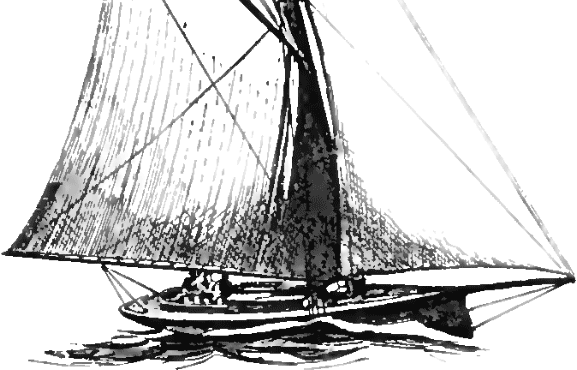<![CDATA[Four years ago, in the summer of 2010, workers excavating the site that would form the foundation of the One World Center realized they hit a row of sturdy and upright timbers, with some oyster shells sticking to it. The workers kept digging until they dug up a 22-foot wooden ship, which was the second largest archaeological find in Manhattan in recent times; a cargo ship from the 1700s was previously dug up at 175 Water Street. Now, scientists at Columbia University have deduced that the Ground Zero ship was built at around 1773. The vessel was earlier identified as a Hudson River Sloop, which was designed to navigate shallow water. The vessel was first taken to the Maryland Archaeological Conservation Laboratory, before a few timbers were sent to the Lamont-Doherty Earth Observatory at Columbia University for further inspection. While it was there, the ship went under different tests. The defining moment happened when tree scientists got involved, and took a look at the timber. They observed the tree rings, and concluded that the ship was built at around 1773, since the wood was cut down at that time. Some of the trees that were cut down to make the ship were over 100 years old. The scientists were able to use tree rings from timber to deduce the age by first looking at the patter of the rings. The pattern tells the researcher which region the tree grew in, and what climate it grew under. They looked at the keel of the ship, and found that it had hickory, a tree that is only found in eastern North America and eastern Asia. Now that they had narrowed their search in a big way, they then compared the pattern of the tree rings to oak trees (the timbers were oak) that grow in the eastern United States, state by state, and found that the trees most resembled wood samples from the Philadelphia area. This makes sense as Philadelphia was one of the biggest ship-makers in the country at the time. The landscape of the city was also replete with trees, which would enable plenty of shipbuilding to take place. More work is to be done to find out how the ship ended up at where Ground Zero is now. At that time however, Ground Zero was completely submerged underwater. It was in the late 1800s that efforts were made to expand Manhattan further. The ship was buried under trash and landfill in the late 1700s. Some speculate that the ship sank before it was buried under trash, as oysters were found fixed to the hull of the ship. It's still a mystery as to why the ship went under water. Sediment and trash continued to be dumped above it, and was most likely completely buried by 1818. The soil that buried the ship was full of clay, which formed an environment not suitable for bacteria to decay it. Other artifacts found on the site were shoes, ceramic dishes and bottles.]]>
Ground Zero Ship Dated Back to the 18th Century
